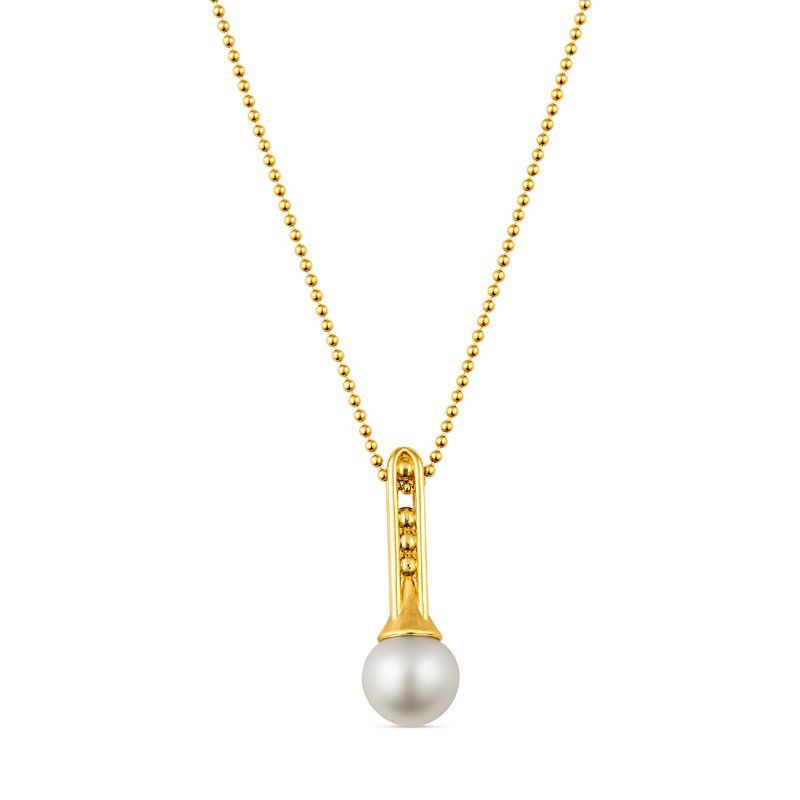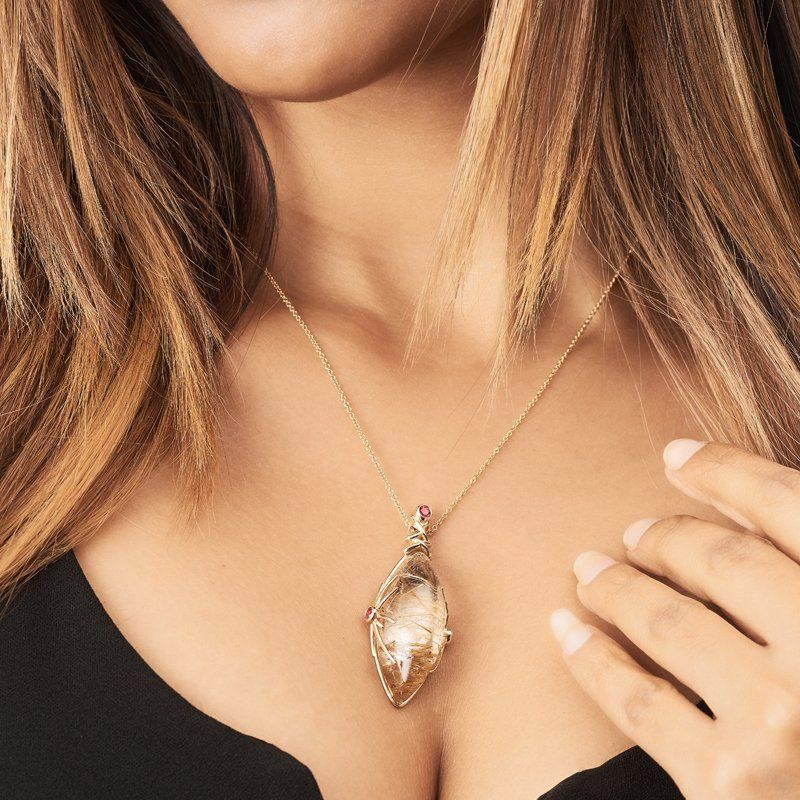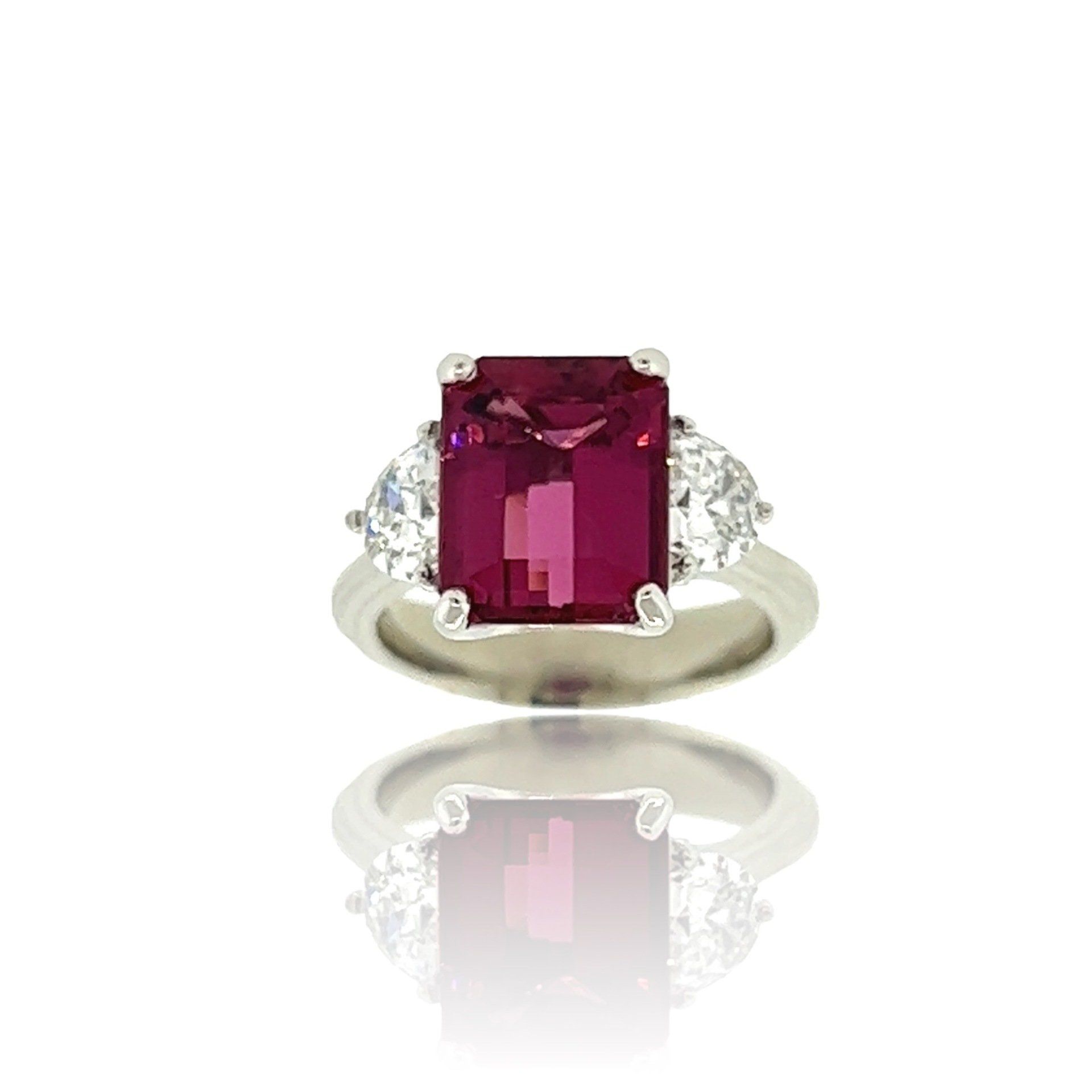
Slide title
Quality And Satisfaction Are Guaranteed On All Our Jewelry.
Button
What Kind of Pearls Do I Have?
There are several types of pearls, each with its unique characteristics and value. Here are some of the most common types:
1. Natural Pearls: These are extremely rare and valuable pearls that occur naturally in oysters without human intervention. Natural pearls have irregular shapes and are highly prized for their uniqueness.
2. Cultured Pearls: These pearls are created by intentionally introducing an irritant into an oyster or mussel. They make up the majority of pearls in the market. Cultured pearls are categorized into various subtypes:
Akoya Pearls: Known for their luster and classic round shape, these pearls are primarily produced in Japan and China.
Tahitian Pearls: Grown in French Polynesia, these pearls are famous for their dark colors, which range from gray to black. They are often larger and have a unique luster.
South Sea Pearls: These are cultured in the warm waters of Australia, Indonesia, and the Philippines. They are known for their large size, ranging from 9mm to 20mm, and their satiny luster.
Freshwater Pearls: Cultivated in freshwater mollusks, these pearls are typically more affordable and come in a wide range of shapes and colors. They are often used in contemporary jewelry.
3. Baroque Pearls: These pearls have irregular, non-spherical shapes. Baroque pearls can be highly sought after for their unique and artistic appearance.
4. Mabe Pearls: Also known as blister pearls, these are hemispherical pearls that grow against the inside shell of the mollusk. They are often used in earrings and pendants.
5. Keshi Pearls: These are small, non-nucleated pearls that form as by-products of the culturing process. They are often irregular in shape and highly lustrous.
6. Biwa Pearls: Originally from Lake Biwa in Japan, these freshwater pearls are known for their unique shapes and are often used in artistic and contemporary jewelry.
7. Coin Pearls: These pearls are flat and disk-shaped, resembling a coin. They are often used in statement jewelry pieces.
Each type of pearl has its own charm and is used in different styles of jewelry. The choice of pearl depends on personal preference, budget, and the desired look.
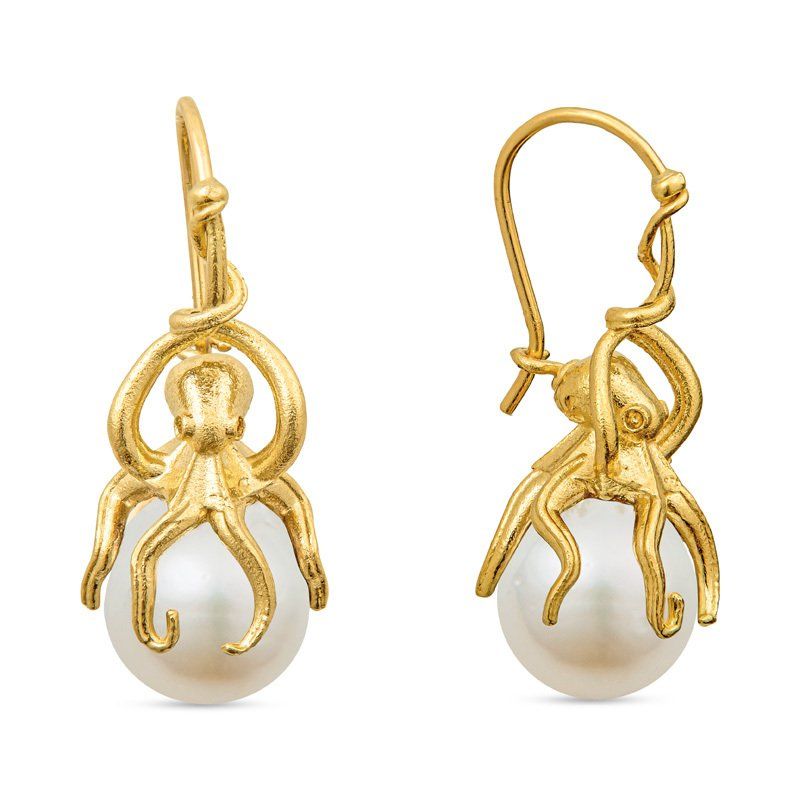

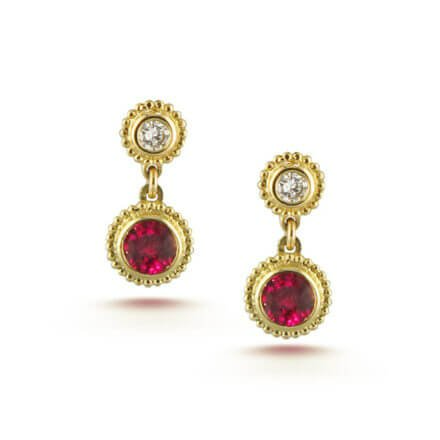





Tuesday - Thursday
10:00 - 5:30
Friday
10:00 - 5:00
Saturday
10:00 - 2:00
Sunday & Monday
Closed
Join Our Mailing List

